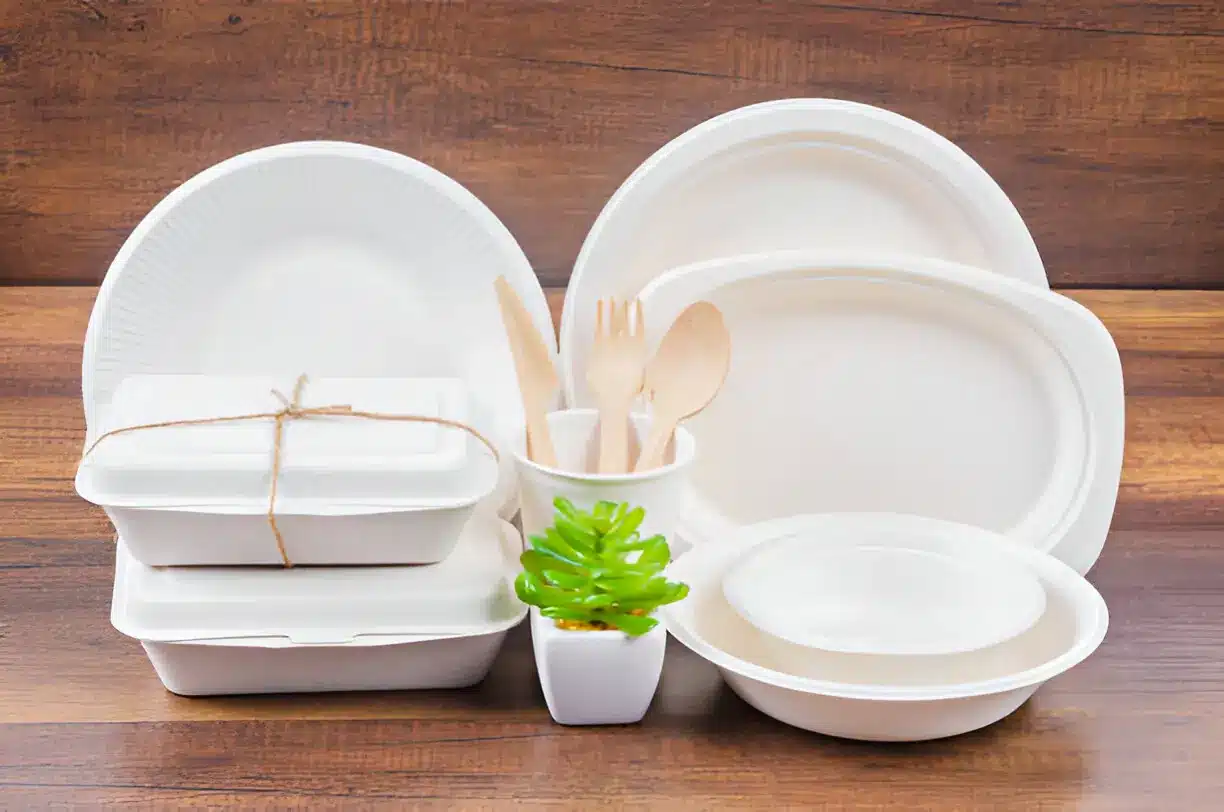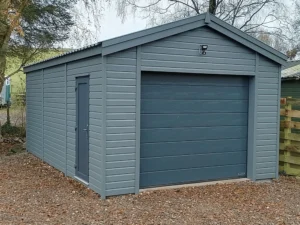Amid growing environmental concerns, the food packaging industry has been undergoing a significant transformation. Traditional single-use plastics are being phased out in favour of more eco-friendly alternatives, spearheading a new era of sustainability in food packaging. These advancements have placed an emphasis on the development of sustainable takeaway containers, which are crucial in the fight against pollution and waste. This article delves into the innovation happening within food packaging and the ways in which takeaway containers are evolving.
Understanding the Environmental Impact of Takeaway Packaging
Takeaway food is often associated with convenience and speed, but this convenience, for a long time, came with a significant environmental cost. Conventional packaging has predominantly consisted of plastics that take hundreds of years to decompose, contributing to the burgeoning pollution problem facing our planet. The detrimental effects of these materials on wildlife and ecosystems have prompted both consumers and businesses to seek sustainable packaging solutions.
The Shift Toward Eco-Friendly Materials
Recent years have witnessed a seismic shift towards the use of eco-friendly materials in the production of takeaway containers. Innovators in food packaging are exploring various biodegradable, compostable, and recyclable materials to create containers that do no harm to the environment. These materials include plant-based options such as PLA (polylactic acid), which is made from fermented plant starch, and bagasse, which is created from sugarcane fibres.
Design Innovations Enhancing Sustainability
Beyond the use of sustainable materials, design innovations also play a paramount role in reducing the environmental footprint of takeaway packaging. Designers are creating containers with less material without compromising durability, thereby minimising waste. Furthermore, smarter designs enable better stackability and transportation efficiency, which, in turn, reduce carbon emissions connected with the distribution of these products.
The Role of Consumer Demand and Regulations
Consumer awareness and demand are influential drivers for change within the food packaging industry. Shoppers increasingly make ethical choices and support businesses that demonstrate a commitment to sustainability. This consumer pressure has been a catalyst for many companies to revise their approach to packaging.
Regulatory frameworks are also dictating new standards for takeaway containers. Governments worldwide are introducing legislation aimed at reducing plastic waste, thus accelerating the adoption of sustainable packaging solutions. Such regulations often involve bans on specific types of single-use plastics, incentives for businesses that comply with eco-friendly practices, and the implementation of extended producer responsibility schemes.
Advantages of Sustainable Packaging for Businesses
While the environmental benefits of sustainable packaging are clear, there are numerous advantages for businesses as well. Sustainable packaging can improve brand image and loyalty, as it aligns with the values of an increasingly environmentally conscious consumer base. Moreover, it opens up new market opportunities for businesses that are first to adopt green practices, providing them with a competitive edge.
Trends Influencing the Future of Food Packaging
As we look to the future, several trends are shaping the direction of food packaging. These include the rise of the circular economy, where products are designed to be reused or easily recycled, creating a closed-loop system that minimises waste. Digital printing on packaging is another growing trend, allowing for more customisation and a reduction in the volume of printing chemicals used.
Advancements in biotechnology are also leading to the creation of even more innovative materials for takeaway containers. For instance, mycelium – the root structure of mushrooms – is being researched as a potential packaging material for its strong, lightweight and biodegradable qualities.
Challenges and Considerations in Sustainable Packaging
Despite the clear benefits and growing momentum behind sustainable packaging, challenges remain. Transitioning to new materials can involve considerable upfront costs, as businesses invest in retooling and new supply chains. Additionally, there is the challenge of consumer behaviour – while many are willing to choose more sustainable options, there may be a need for widespread education on proper disposal of compostable or recyclable packaging to ensure its environmental efficacy.
Accessibility and practicality are also important considerations. Sustainable packaging must meet the demands of takeaway food, providing the necessary barrier properties to keep food hot, cold, or fresh as required, without leaking or tearing.
Embracing Change for a Better Future
The journey towards fully sustainable food packaging is well underway, with innovation in takeaway containers at its forefront. By embracing change and the array of available and emerging green alternatives, businesses have the opportunity to lead the way in creating a more sustainable future.
It’s crucial that every stakeholder plays a part – businesses need to transition to eco-friendly containers, governments must support with appropriate regulations, and consumers should prioritise sustainability in their purchasing decisions. Together, these actions forge a path towards reducing the environmental impact of takeaway food packaging and, ultimately, towards preserving the planet’s natural resources for future generations.
In conclusion, the innovation in food packaging demonstrates a potent combination of consumer awareness, government intervention, and entrepreneurial spirit, all crucial for shaping a sustainable future. By focusing on the development of eco-friendly takeaway containers, we take a vital step in reducing our environmental footprint while continuing to enjoy the convenience that takeaway food offers.
Read more: How Artificial Intelligence Is Reshaping Digital Transformation Across Industries
How to Achieve Fast, Cable-Free Charging Without Overheating Your Devices
How to Turn Any Space into a Party Paradise










